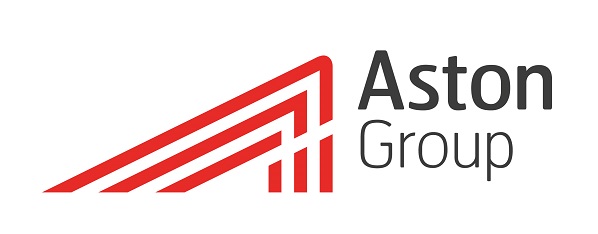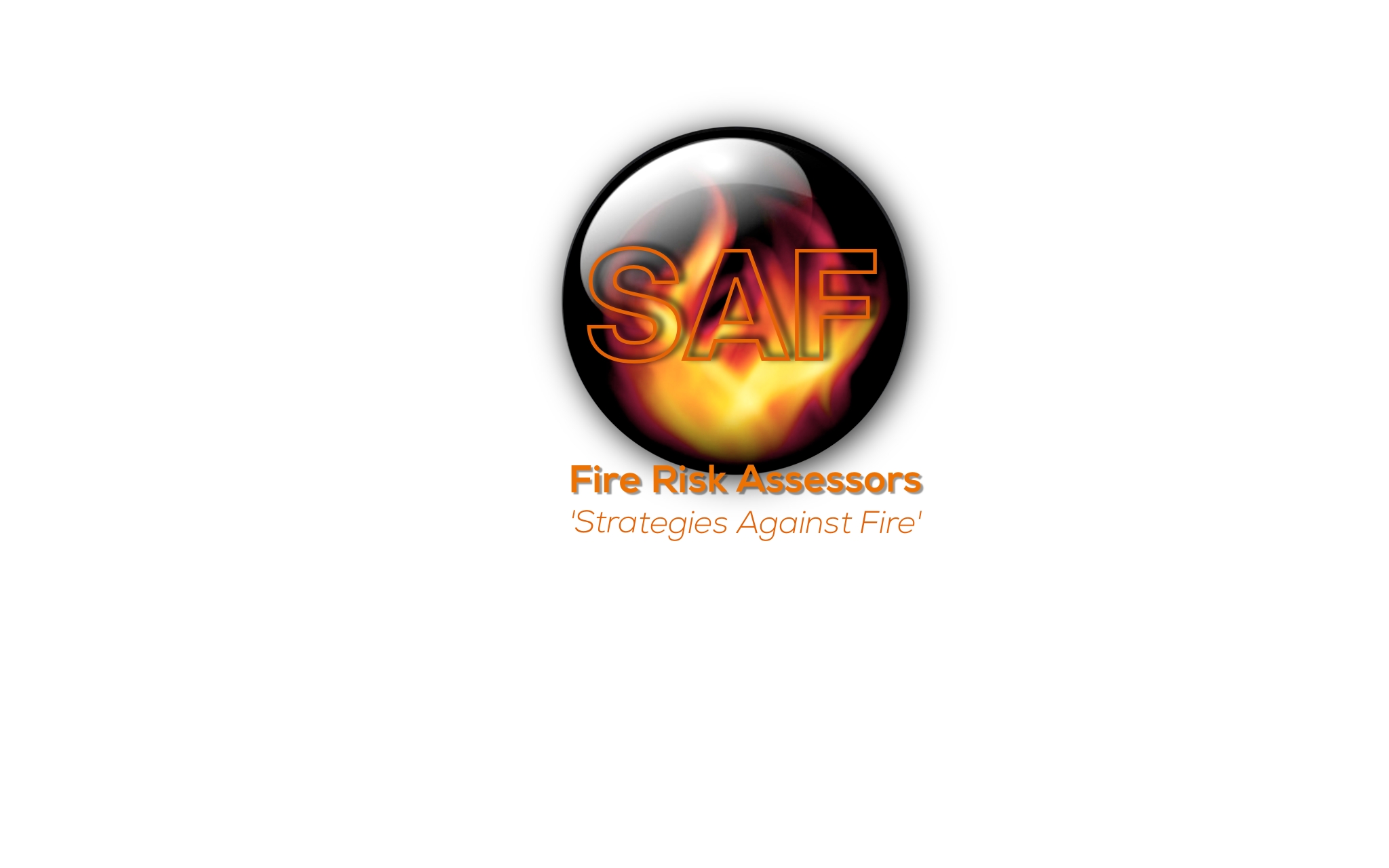Title Page
-
Certificate No.
-
This document is for: L&Q - Cray House, 3 Maidstone Road, Sidcup, DA14 5HU
-
Client
-
Conducted on
-
Servicing Engineer
- Cameron Sadler
- Nic Newbury
- Ross Maxwell
- Terry bygraves
- Mark miller
- Dave Boon
- NunoCarrelo
-
Photo of entrance to building
-
Block name & number
-
Area & postcode
-
Site Address
Certification of Inspection & Servicing
THE EXTENT OF LIABILITY OF THE SIGNATORY IS LIMITED TO THE SYSTEM DESCRIBED BELOW
-
Extent of system covered by this certificate
-
Variations from the recommendations of Clause 45 of BS5839-1 2017 for periodic or annual inspection and test (as applicable).
-
Relevant details of the work carried out and the faults identified have been entered in the system log book
-
During the past 12 months, enter the number of False Alarms
-
The above number of false alarms equates....False alarms per 100 automatic fire detectors per annum (for Category M systems enter “Not applicable”). N/K Enter for Not Known.
-
The following work/action is considered necessary:
-
Recommend 46.2 Special inspection as requested to client
-
Recommend records folder box (for storing log book & all records)
-
I/We being the competence person(s) responsible (as indicated by my/our signature below) for the servicing of the detection and fire alarm system, particulars of
which are set out below, CERTIFY that the said work I/we have been responsible complies to the best of my/our knowledge and belief with the recommendations of
Clause 45 of BS5839-1:2017, quarterly inspection of vented batteries/periodic inspection and test/inspection and test over 12 month period (delete as applicable),
except for the variations, if any, stated in this certificate -
Tick as Applicable
- Quarterly Vented Batteries
- Periodic Test/Inspection
- Inspection & Test over 12 Months
-
For Inspection & Servicing of the system
-
Name
- Cameron Sadler
- Nic Newbury
- Ross Maxwell
- Terry bygraves
- Mark miller
- Dave Boon
- NunoCarrelo
-
Position
-
Signature
PARTICULARS OF THE ORGANIZATION INSPECTING & SERVICING THE SYSTEM
-
This form is based on the model in Appendix G.6 of BS5839: Part1:2017.
Inspection & Servicing
SYSTEM EXAMINATIONS
-
System Log Book should be reviewed and include the following: 1/Weekly Tests - 2/Faults - 3/False Alarms
-
Log book available onsite
-
1-All manual call points remain unobstructed and conspicious
-
2-Have any new exits been created without provision of an adjacent manual call point
-
3-Any new or relocated partions have been erected within 500mm horizontal of any fire detectors
-
4-Any storage encrochement within 300mm of an existing detector
-
5-A clear space of 500m is maintained below each automatic fire detector and that the abilitiy of the detector to receive the stimulus that it has been designed to detect has not been inpeded by other means
-
6-Any change to the use or occupancy of an area making the detector unsuitable
-
7-Any building alterations or extensions require additional fire detection and fire alarm<br>equipment to be installed
-
Momentary load verification (No mains)
-
Operation of all Manual Call Points or Detectors per circuit / zone should be verified for correct operation at the CIE.
-
All Sounder (Fire Alarm Devices) should be verified
MAIN CIE
-
'IF' No Main CIE please tick 'N/A'
Main CIE Panel
-
All ancillary Functions of CIE should be verified (where appl,)
-
All indicators works correctly (where fitted)
-
All Transmission signals should be verified Fire and Fault (where appl,)
-
All Fault indicators on the CIE should be verified with the application faults: indicator ie: LED and Lamps
-
Mains Fail
-
Battery Fail
-
Open Z1
-
Short Z1
-
Sounder Ct 1 Open
-
Sounder Ct 1 Short
-
Head out monitoring
-
All CIE indicators should be checked for correct operation
-
CIE verify Buzzer when faults are applied
-
Mains Fail
-
Battery Fail
-
Open Z1
-
Short Z1
-
Sounder Ct 1 Open
-
Sounder Ct 1 Short
-
CIE local printer verification
-
Printer text Eligible
-
Printer functions Correctly
-
Printer paper stock Pass / Fail<br>(sufficient until next visit)
-
All tests recommended by the CIE manufacturer
-
Size of battery 1
-
Measured battery Voltage 1
-
Measured A/Hr 1
-
Size of battery 2
-
Measured battery Voltage 2
-
Measured A/Hr 2
AOV Section
-
AOV Present within system
-
AOV System (where installed) Actuators
Actuator
-
Actuator location
-
Actuator easily accessible
-
Actuator connected to a ..
-
Actuator is in a satisfactory condition (take photo)
-
Actuator chain (where installed) is connected and satisfactory
-
Supply cable to actuator satisfactory
-
Actuator connected via a point detector
-
Point detector when tested operates actuator (if above is N/A Tick N/A here)
-
Is there a local reset call point / switch (if yes take photo)
-
AOV System (where installed) Controller
Controller / panel
-
Controller / panel easily accessible
-
Controller / panel healthy
-
Visual inspection of terminals and connection
-
Controller / panel within a ...
-
Controller / panel in a satisfactory condition (take photo)
-
Location of controller / panel (state floor number first)
-
Batteries installed (where applicable)
-
Date of batteries installed (if no date these may require replacing)
-
Size of battery 1
-
Measured battery voltage 1
-
Measured A/Hr 1
-
Size of battery
-
Measured battery voltage 2
-
Measured A/Hr 2
-
Total quantity of Actuators
All defects and Non-compliances
-
Defect 1
-
Defect 2
-
Defect 3
-
Defect 4
-
Defect 5
-
Defect 6
-
Defect 7
-
On completion of the work, any outstanding defects should be reported to the premises management, the system logbook [see 40.2d)] should be completed and an inspection and servicing certificate should be issued (see G.6)
-
This form is based on Clause 45 of BS5839-1 2017 for periodic or annual inspection and test BS5839: Part1:2017.
Photos of Installed System
-
Photo of the external entrance to the building
-
Photo of CIE
-
Photo of diagrammatic zone chart
-
Any areas that are defective / damaged please take a photo below
-
Defective / damaged items
Areas tested on PPM
-
Areas tested within Fire detection system
-
Areas that require testing on next PPM















